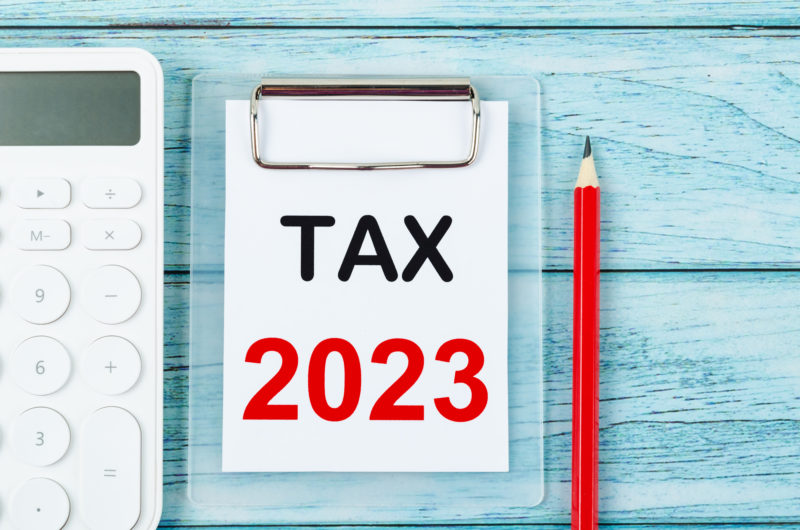The end of January marks the beginning of the tax preparation and planning season. There have been several noticeable changes that taxpayers should know before they start to collect and submit their paperwork. Some things to look out for are form changes, new tax brackets, and more. Here’s a sample of the new-in-2022 things to keep in mind before you prepare and submit your annual taxes.
Start Filing Your Taxes
The official start date for tax season is January 23. The Internal Revenue Service (IRS) is accepting and processing 2022 returns. More than 168 million individual tax returns are expected to be filed this year. Additionally, the IRS recently announced that they have hired more than 5,000 new telephone representatives and added more in-person staff to help support taxpayers.
The Tax Deadline is April 18
The filing deadline to submit 2022 tax returns (or to request an extension to file and pay any taxes owed) is Tuesday, April 18, 2023, for the majority of taxpayers. The due date is April 18 instead of April 15 because of the weekend and the District of Columbia’s Emancipation Day holiday, which falls on Monday, April 17.
Tax Changes for 2022
There are several changes regarding tax brackets and other scenarios that affect most taxpayers. Revenue Procedure 2021-45 provides all of the details about these 2022 adjustments. Furthermore, let’s discover some of the major changes that affect the majority of Americans when filing their taxes.
Increase in Standard Deduction
The standard deduction for married couples filing jointly has risen to $25,900, which is an increase of $800 from the previous year. For single taxpayers and married individuals filing separately, the standard deduction has risen to $12,950 for 2022, which is a $400 increase from 2021. For heads of households, the standard deduction is $19,400 for the 2022 tax year, which is a $600 increase from 2021.
Changes in Marginal Rates
For the 2022 tax year, the top tax rate is still 37% for individual single taxpayers with incomes higher than $539,900 or $647,850 for married couples filing jointly.
There are, however, changes for the other tax brackets in 2022, which are as follows:
- 35% for incomes that are over $215,950 (or $431,900 for married couples who are filing jointly)
- 32% for incomes that are over $170,050 (or $340,100 for married couples who are filing jointly)
- 24% for incomes that are over $89,075 (or $178,150 for married couples who are filing jointly)
- 22% for incomes that are over $41,775 (or $83,550 for married couples who are filing jointly)
- 12% for incomes that are over $10,275 (or $20,550 for married couples who are filing jointly)
- 10% for incomes of single individuals with incomes of $10,275 or less (or $20,550 for married couples who are filing jointly)
Additional Changes for the Current Tax Season
There are a number of adjustments for the tax year 2022, but some of the more significant changes (which essentially affect a large percentage of Americans) include the following:
- The maximum Earned Income Tax Credit amount is $6,935 for tax year 2022, which applies to qualifying taxpayers with three or more children, which is an increase from 2021.
- The Alternative Minimum Tax exemption amount is $75,900 (or $118,100 for married couples filing jointly), which begins to phase out for individuals at $539,900. (For married couples filing jointly, this begins to phase out at $1,079,800.)
- The annual exclusion for gifts has risen to $16,000, which is an increase of $1,000 from 2021.
- There are also higher contribution limits for 401(k) contributions, IRA contributions, and HSA contributions.
Navigate These Changes with the Best Tax Advisor Team
Keep in mind that the above changes and guidelines are just the tip of the iceberg regarding new tax scenarios and adjustments for 2023 filers. The pandemic has led to waves of changes, and if you’re used to filing your taxes by yourself, you may miss out on new opportunities or leave money on the table.
Contact Saddock Advisory for Exceptional Tax Planning Services
With Saddock Advisory at your side, you can rest assured that your tax return is accurate and makes the most out of the deductions and changes prevalent for the current tax year.
Contact our team of tax advisors for expert guidance.
File your tax return today before the April 18 deadline arrives.




